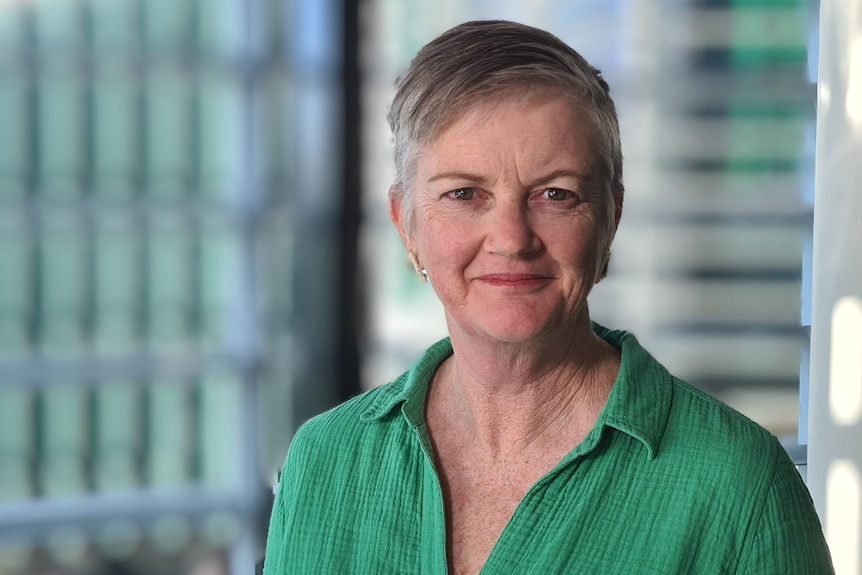A growing number of Australians see a healthy diet as a luxury they cannot afford.
Key points:
- Experts estimate one in four Australian families experience food insecurity
- But measuring the extent of the problem is difficult, because the government doesn’t regularly collect data on food security
- One researcher described food insecurity as a “hidden problem” in Australia
Described by the United Nations as having limited or uncertain access to a nutritious diet, food insecurity is on the rise in Australia according to researchers.
Professor Danielle Gallegos, a food security expert at the Queensland University of Technology (QUT), said researchers estimate the issue affects one in four Australian families.
And for families with dependent children, the numbers are even worse.
A 2022 study by Foodbank found half of those surveyed suffered some form of food insecurity, while a separate QUT study found one in 10 pregnant women were going hungry due to a lack of food.
“We’ve got families that are not eating together anymore because mums are eating the kids’ leftovers,” Professor Gallegos said.
“Another family told us that they can’t afford wholegrain bread.
“It’s only a 40-cent difference, but that’s how closely they’re having to budget their food.”
Professor Gallegos said hunger was making Australians sick — something familiar to Sara Walker.
The 51-year-old mother said she was diagnosed with malnutrition last year.
“We were struggling a lot. We had arrears of the mortgage,” she said.
Ms Walker said she was skipping meals and eating cheap, highly processed food to cut costs.
“If I made a meal for the family, I would serve my husband and my daughter, then I would lie and say I ate mine while I was preparing it,” she said.
“Later on I would eat two-minute noodles because I was hungry and it would fill me up.”
Ms Walker said her high-salt diet saw her hospitalised with complications from a kidney condition.
She said she also suffered brain fog and was diagnosed with pseudo-dementia, which she said her doctor blamed on stress and poor diet.
“For most people what food insecurity means is poor nutrition,” she said.
“It’s a lot cheaper to buy two-minute noodles than fruit and veg.
“It comes down to pure economics, you eat what you can afford and what you can afford has no nutritional content.”
Measuring the extent of the problem is difficult, because unlike the US, UK and Canada, Australia does not measure food security at a population level regularly or consistently.
“This is definitely a hidden problem in Australia,” Professor Gallegos said.
“If you don’t measure it, you can’t mend it.”
The most recent food security data available from the Australian Bureau of Statistics is more than 10 years old.
“In the US they monitor food insecurity every year, in Canada it’s every second year,” Professor Gallegos said.
“All of those countries can now draw a straight line between food insecurity and health outcomes, between food insecurity and health expenditure.”
In a statement, the federal Health Department did not say whether it planned to increase monitoring of household food security.
But it said the National Preventive Health Strategy includes a policy achievement to develop a national policy document to address food security in priority populations, by 2030.
For Sara Walker, that is too slow.
“People in this country are starving. Starving to death probably,” she said.
She has since started her own charity that hands out donated food to families in her area.
But she said community organisations cannot solve the problem on their own.
“We shouldn’t be having third world conditions in a country that is as rich as Australia,” she said.
